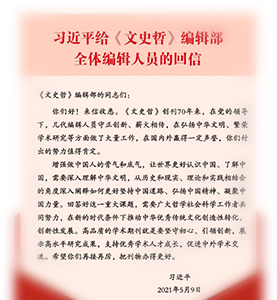“国学”原义断裂、跨语际挪移与流变性转换考察
蔡先金
摘要:“国学”这个语词经历了从中国到日本、再从日本返回中国的一个跨语际移植、以及从古至今的语义断裂及其流变性转换的历程,国学概念史可谓交织于历时性与共时性、语言史与事件史之间。“国学”一词古已有之,在晚清之前其义一直是指国家的教育机构及其制度。日本人使用国学词始于江户时代,指日本固有之传统学问。近代国学概念主要可分为三种用法:遭遇西方文化冲击之前中国原有的思想文化与学术体系;以国学为传统文化的简称;近代以来以传统文化为对象的学术研究体系。新时期国学存在于全球化语境之中,在全球多元文化中进行重新定位,呈现出开放性、期待性与未来性特征,它融传承与创新于一体。
A Study of the Breaking of Original Meaning, Inter-lingual Transfer, and Fluid Conversion of the “Studies of Traditional Chinese Culture”
Cai Xianjin
The term “studies of traditional Chinese culture” (guoxue) had experienced an inter-lingual transfer of being introduced into Japan from China, then returning China from Japan, and the breaking of its original meaning as well as fluid conversion since ancient times. The history of this concept has been interweaving with diachronism and synchronicity, as well as the history of language and event. Before the late Qing Dynasty, the term had been referred to the educational institution and system of imperial China. The Japanese began using the term to define the inherent traditional academics of Japan during the Edo period. In modern times, the concept “guoxue” was mainly used in three ways: the original Chinese ideology, culture, and academic system before encountering the shock of Western culture; a concept short for traditional culture; and the academic system targeted at traditional Chinese culture during modern times. In the context of globalization, the new period studies of traditional Chinese culture relocate within multiple cultures, which manifest the characteristics of being open, expectable, and futuristic, as well as integrate inheritance and creation.


